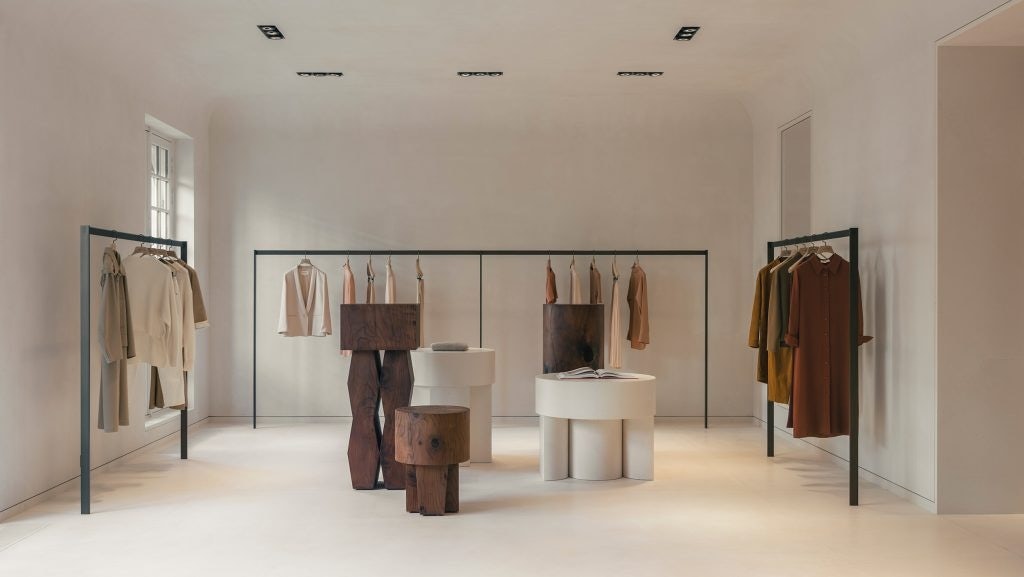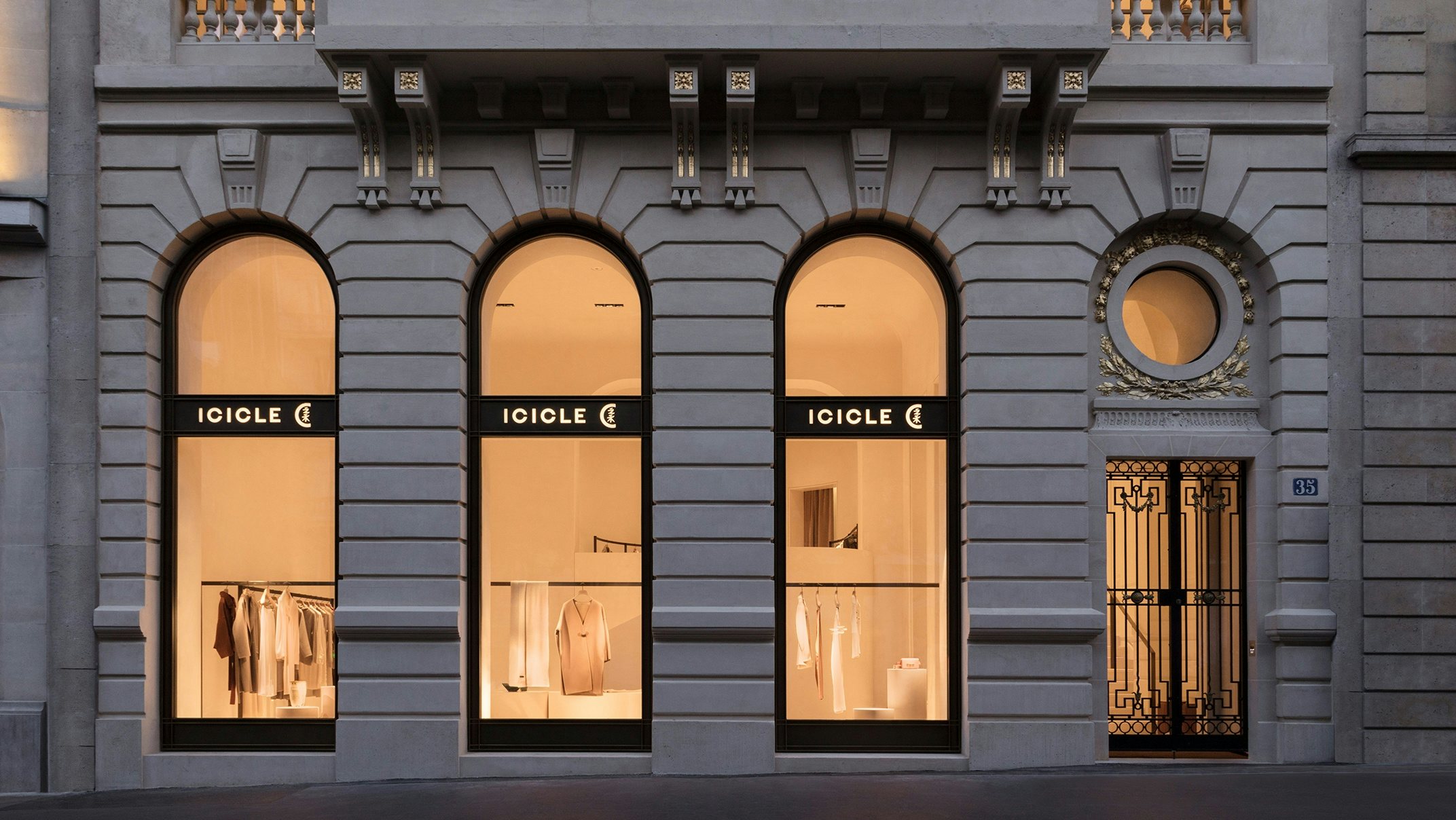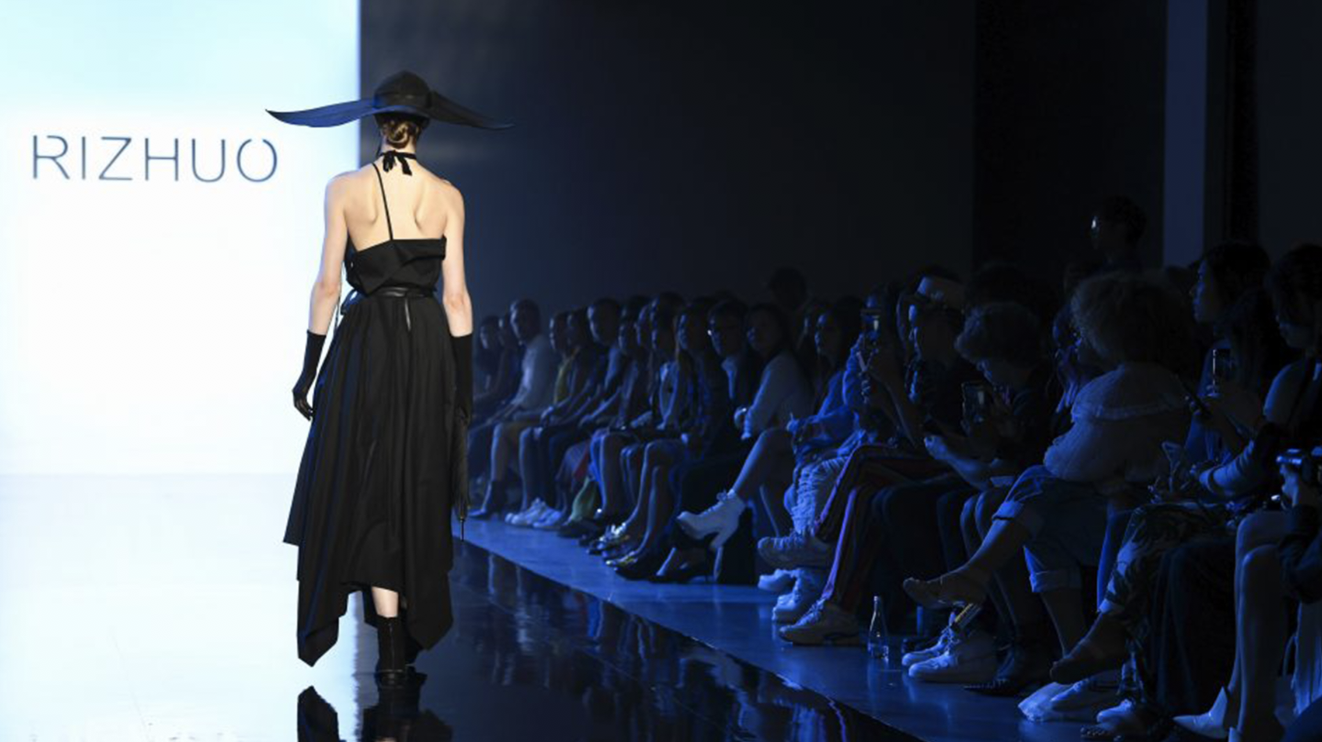Key Takeaways:#
- Western brands have seen first-hand the cultural downfalls by not having a local team embedded in the market, it is now time for Chinese teams to embrace a similar diversity.
- Brands need to find the location that is best suited to its product and market offering. Each city has its own challenges but being flexible enough to adapt is key.
- Chinese brands can simply follow the basics set by their Western counterparts to find a sold pathway to success. However those that can move beyond this, and find a new way to exist will thrive.
As Western luxury brands flock to mainland China to open brick and mortar stores, they are, to various degrees, coming to grips with the market. Attempts by Chinese fashion groups to expand westward, however, have been surprisingly less successful.
Last year, London’s South Molton Street, in the heart of the affluent Mayfair shopping district, and less than a minute’s walk from the iconic department store Selfridges, was home to two Chinese flagship stores from mid-level brands. By early 2020, one store had closed (with the brand ceasing all overseas expansion), and the other had rented out its ground floor to Caffè Concerto, moving its range of down jackets upstairs. In a capital which has seen a boom in luxury store openings recently, somehow these storied Chinese groups failed to connect.
Traditionally, Chinese brands are cautious when expanding outside of China, despite their budgets and resources. On the one hand, this reserve is hardly surprising given their direct access to and knowledge of a vast and affluent native consumer base. Many domestic conglomerates are content to predict local consumer habits, going deeper into China’s tiers rather than focusing on external markets.
Yet, as the economy slows down, it’s logical that groups and independent designers would want to expand beyond their borders. China is no longer an inexpensive place to manufacture goods. Brands are now more visible on the world’s stage providing sponsorship, endorsements, and collaborations at prestigious global events from fashion to sport. Interbrand, for example, found that the total value of the top 50 brands in China increased by 15% in 2018; Alibaba and Tencent recorded the highest growth (luxury fashion is yet to feature on the list but fast fashion’s Zaful made an entry).
For the brands that choose to follow the call of President Xi Jinping and look overseas, they face several problems when it comes to connecting with diverse, global audiences. But, if they can get this right, 2020 might be the time for foreign markets to springboard growth. Jing Daily looks at some Chinese brands going global and the various stumbling blocks to avoid when breaking into established fashion capitals.
Agility in new markets#
Domestic brands are well-versed in quickly deciphering and reacting to the changing needs of local consumers — often beating out foreign competitors. However, if brands fail to apply this agility to markets outside of China the results can be disastrous. According to Mu Niu, Founder of Crescent Agency, very often brands that expand forget to apply this sensibility to other markets. “Slowness, among other things, can be a problem. It’s not just about the investment strategy, it's about operations too, and having that constant reassessment and reflection — if something isn’t working you need to change it immediately. Chinese conglomerates have big operations, often with a long reporting line which can hinder agility.”
"China has developed significantly in recent years and are great at understanding their own market, but they don’t have the experience of spending money in other markets."
While Western brands have seen first-hand the cultural downfalls by not having a local team embedded in the market, this is vital for Chinese companies too. Mu, whose clients include Shanghai brand Uooyaa, with sights on Europe, suggests: “[Chinese] brands coming out of China need to create a local team which has the authority to act and make decisions — a mix of Western and Chinese if necessary. They will understand issues such as policies and purchasing better — definitely better than your domestic team anyway.” The failure of many mainland brands could well have been down to the lack of a locally-embedded team.
Localization is also a factor for Miquel Cardona, managing partner at Oriental Retail Ventures. He explains that while most nationalities might naturally feel more comfortable working with their fellow countrymen, an over-reliance on this from Chinese brands can lead to operational oversights. “China has developed significantly in recent years and are great at understanding their own market, but they don’t have the experience of spending money in other markets. Most Chinese companies don’t have this history of brand-building [and need to collaborate].”

Very often, this is where independent brands are often better placed to understand and meet market needs. Huishan Zhang, who has been resident in London for over 13 years, opened his London flagship in 2017. Domestic fashion conglomerates are already tapping independent designers similar to Zhang back home as a way of capturing more diverse audiences and increasing their appeal; little wonder then independent designers are often better placed to adapt quickly to market changes given their immersion in western environments.
Balancing location and community#
Some Chinese brands are still failing to grasp the importance of store location and planning. For Zhang, who has skillfully combined his Chinese identity with London's edginess, clever research has resulted in an opening on the city’s prestigious Mount Street — adjacent to well-aligned designers including Roland Mouret and Christopher Kane. He cites London as “home,” and as such, is the ideal physical base for a brand that has built up over 25 global stockists worldwide.
Store openings are an obvious way to announce a company’s arrival in a new market, yet some Chinese companies prefer to soft-launch. A number of recent store openings have gone under the radar, including Moamp;Co.’s; failure to announce your store opening, especially in a fashion city, in particular London or Paris, is a lost opportunity. Zhang’s store opening during London Fashion Week made noise and since then, it has continued to cultivate a community: “One of the main focuses of opening [the flagship] was to work on building a community where we could get to know my customers and find the best way to interact.”
Shanghai based brand Icicle took seven years to finalize its leap overseas. With a global retail turnover in 2019 of €290 million, across 270 stores in China, the brand chose Paris as its location. “It’s the capital of fashion, it’s a window to the world, and we chose the golden triangle specifically as it is the pinnacle of this city,” says Isabelle Capron, International Vice President. The space, at 35 Avenue George V will be followed by a second store opening earmarked for the city this year. “There is a momentum in the market now that consumers want to be ecological, and this is why we took our chance. Paris is a challenging market, but it will help the brand to continue to improve. The needs are different here and this will result in a great fallout for the brand back home,” Capron continues.
Paris, on the other hand, was a mismatch for Moamp;Co.’s initial opening, claims Mu Niu. “The brand is so successful in China, but you need to find the location that is related to you. London is more welcoming than the rest of Europe, which is generally more conservative. It’s more casual and willing to take a risk.” If Paris proved challenging for Moamp;Co., a second opening in a volatile London likely impinged on the company’s strategy.
Some Chinese bands opt to open stateside; Boisedeng and lifestyle brand JNBY Group, founded by Li Lin, have both opened and shuttered stores there over the previous decade. Shanghai's lifestyle brand Neiwai are hoping for more luck as they plan their expansion to San Francisco in 2020. Tom Griffiths, Commercial Director at digital marketing agency, Verb China, admits that to make this choice of location work they would need to find their audience in the US quickly. “The US is a big market and brands can waste a lot of money not narrowing in on a specific audience and reaching out to them. Neiwai has some interesting tech (a “Scan Me” tool) and could perhaps offer smaller sizes that are not widely offered in the US.” The US has been a popular choice among brands and San Francisco, in particular, seems a popular choice of location.
Meeting branding basics#
Author of a recent White Paper, “China Brands Go Global,” Sabrina Lee, Managing Director at R3 China, explains that Chinese companies must adopt a market-driven, not sales-driven model to get a foothold in the West. “Being sales-driven, too many Chinese companies continue to underestimate the importance overseas consumers attach to branding. Instead, they take shortcuts designed to boost short-term sales, regardless of the impact these methods can have on long-term growth,” she suggests.
The level to which China's domestic companies adapt their branding to integrate into the market varies suggests Griffiths. “Depending on the brand this could mean anything from a tweaked messaging or visual identity to a new name if the original is difficult to pronounce.” Indeed for many brands, naming is vital. Brands like Uooyaa could get flak for its name though consultant Mu sees it as a conversation starter and a way to engage community; Uooyaa often plays with the logo, in fact, incorporating the name into textiles and prints.
Icicle, for one, has cleverly eliminated the naming issue; as Capron outlines, the company’s brand identity is a fusion: “The feeling is completely international, but the roots are Chinese. You can’t tell it’s Chinese until you see the logo, it’s a ‘by the way.’ We fertilize this Chinese brand with French couture skills creating the capacity to build a luxury brand with brand imagination. Yes, we have Chinese roots, but the destination we share with the world is universal.”

Indeed, sometimes even just getting the basics right can salvage a brand. Icicle, for one, is doing exactly that. As Griffiths states, “Chinese brands can simply follow the playbook that most Western brands have taken to raise their profile. Social media, influencers, advertising, events, etc. Though it’s not enough to simply run by-the-book marketing, it's a start.”
Icicle’s flagship conveys the brand’s slow, luxurious fashion across 500 square meters, while the 4th floor is solely dedicated to showcasing culture and brand values. Moreover, with over 1,000 customers in their database since opening, and many repeat customers, they will present their next collection in-store during Paris Fashion Week.
Zhang, as the first independent Chinese designer to launch a solo-store in Europe, has taken consumer branding one step further: “Having a store has made life much easier for the brand as we are able to access our customers directly. The range has evolved with our client.”
As the year starts, we wait to see who will take the leap overseas. Uooyaa, for now, is taking it slow, talking to stockists in the US and UK. From her office in London’s Haggerston, Mu is clear: “The long term objectives for us [Uooyaa] include seeing how Europe is doing and observing London specifically. The market here suits the brand, but we’ve seen a lot of brands fail so we need to be careful. We want to be a Chinese brand who survives and does well overseas. Still, we know it’s a long, tough, journey.”
Oriental Retail Ventures' next step is also taking brands out, which according to partner Cardona is, “a difficult, long-term proposition but it makes a lot of sense.” With a deal currently on the table from a brand in Shenzhen, Cardona feels the question now is: “how to do business out of China” — not when.

